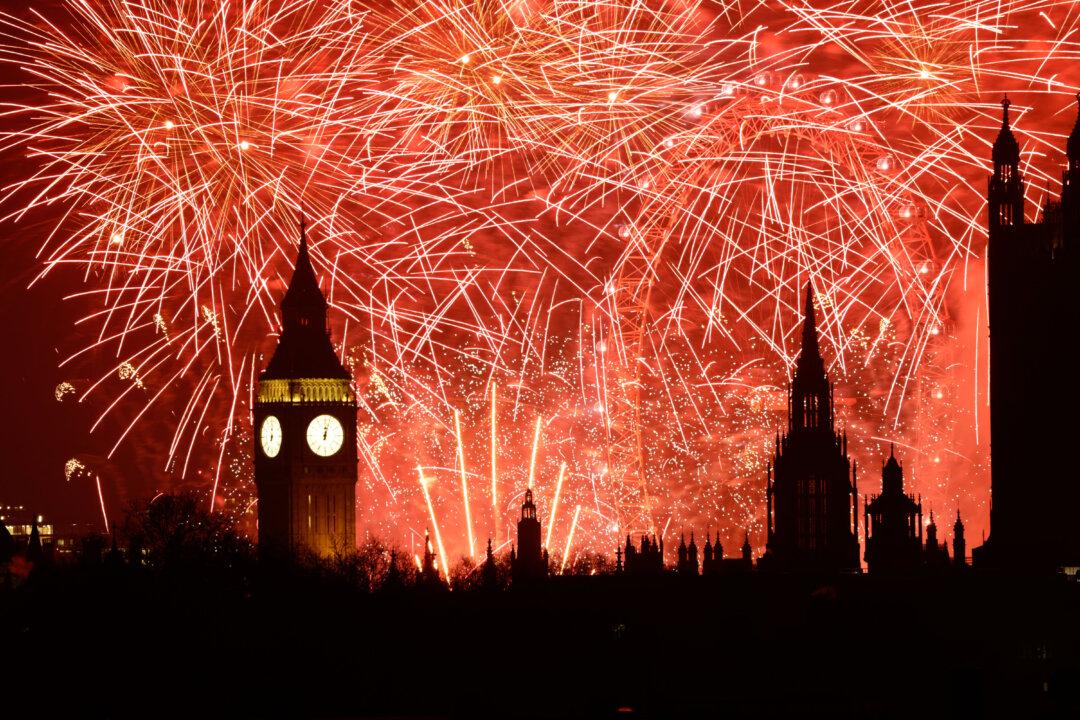Canadian officials in Beijing during the 1989 Tiananmen Square massacre had stark words about the bloody crackdown, according to cables sent back to Ottawa at the time that were recently obtained by Blacklock’s Reporter.
In the secret telex messages that Blacklock’s obtained through access-to-information laws, embassy officials described public killings and condemned the leadership of the Chinese regime.
The cables, which were under the control of Library and Archives Canada, recount the horrors of the crackdown.
Blacklock’s writes: “An old woman knelt in front of soldiers pleading for students; soldiers killed her,” the embassy reported; “A boy was seen trying to escape holding a woman with a 2-year old child in a stroller, and was run over by a tank”; “The tank turned around and mashed them up”; “Soldiers fired machine guns until the ammo ran out.” So many bullets were fired at Tiananmen that “they ricocheted inside nearby houses, killing many residents,”…





